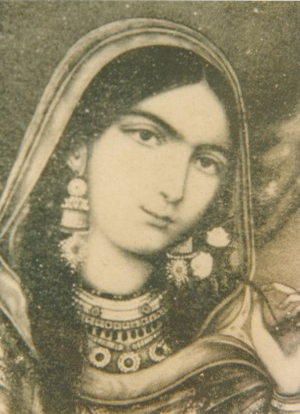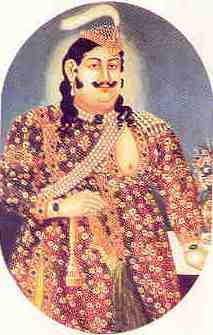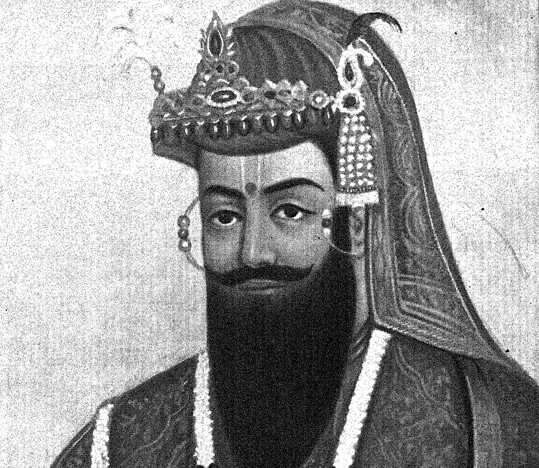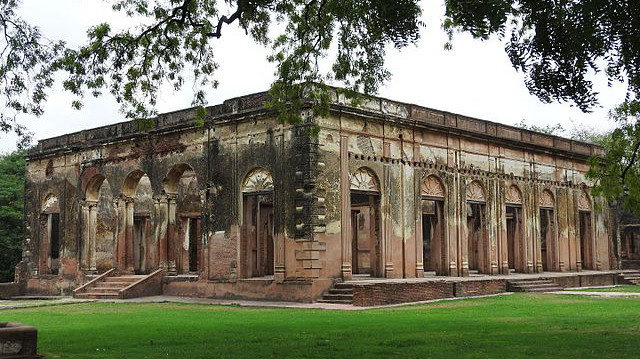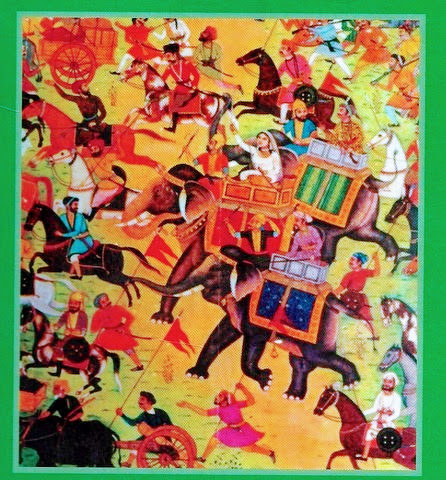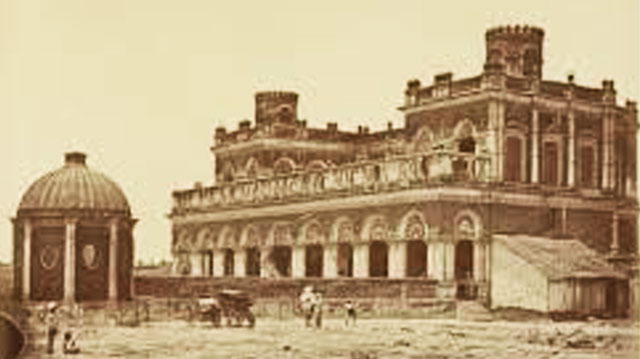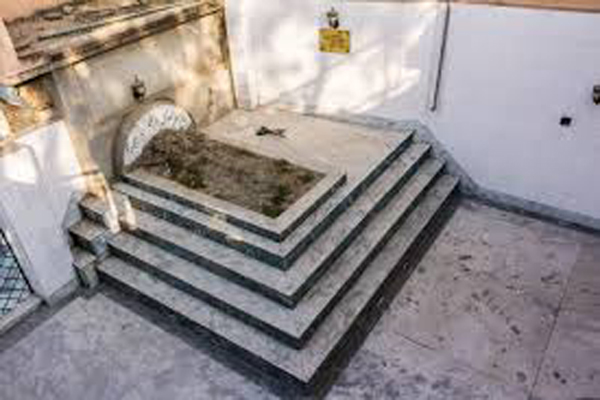Discover, Learn, immerse, Connect
Begum Hazrat Mahal was one of the few women who challenged the British during the revolt of 1857. Her maiden name was Muhammadi Khanum. She was born at Faizabad, Awadh. Later in life, she performed a mut’ah marriage with Nawab Wajid Ali Shah.
Awadh was annexed by the British East India Company in 1856 and Nawab Wajid Ali Shah, the last Nawab of Awadh was sent into exile to Calcutta. Hazrat Mahal decided to stay back in Lucknow along with her son Birjis Qadir.
After the absorption of Awadh, a rebellion broke out at Meerut and the banner of revolt was raised in Lucknow which spread rapidly to other towns of Awadh. Lucknow was the only place where the English did not leave the Residency building and faced the rebels until they were able to regain their lost power.
Hazrat Mahal was one of the primary figures in bringing about this uprising. ‘‘She has excited all Oudh,” says Russell. Her closest allies were Nana Saheb and Maulvi Ahmad ullah Shah. Outram and Havelock arrived from Kanpur to relieve the British Garrison in the Residency of Lucknow. After a few encounters with the rebels, Outram was able to occupy Alum Bagh (a garden in the suburb of Lucknow) on September 23, 1857.
The victory of the English in Kanpur was another setback to her plans. In the month of November Sir Colin Campbell, Commander in Chief of the British Forces along with a small reinforcement arrived at Lucknow.
Begum faced the enemy in a fierce fight but her position grew weaker. In spite of the resistance put up by the Begum, the English Commander was able to escort the besieged garrison out of the residency to Alum Bagh during which a few British officers were killed and wounded.
Begum Hazrat Mahal often called meetings to encourage soldiers, asking them to be brave and fight for the cause. She wrote letters of instruction for the movement and is reported to have appeared on the battlefield on February 25, 1858, mounted on an elephant. Alum Bagh was attacked by a force sometimes led by Maulvi Ahmad ullah Shah and at other times by the Begum in person but the British succeeded in defeating the rebel force.
In March, British started operation against Lucknow under the command of Sir Colin Campbell. The force included 3000 Goorkhas sent by Jung Bahadur, Maharaja of Nepal for the capture of Lucknow.
By March 19, 1858, Moosabagh, Char Bagh, and Kesar Bagh were captured by the British.
Under adverse circumstances, Begum with her followers, her son Birjis Qadir and Nana Saheb escaped to Nepal. The Nepalese authorities were hesitant to give asylum to the rebels and in a strongly worded letter on January 15, 1859, General Budri wrote “if you should remain or seek asylum within my territory and frontier, the Goorkha troops will most certainly, in pursuance of the treaty agreed upon by both the high States, attack, and make war on you…”
Nepalese authorities later changed the decision and an asylum was given to her on the conditions that she did not hold any communication with the rebel leaders or with the people of India. She faced difficulties in Nepal where her son fell sick. The Lieutenant in charge of her at Noakote (Nepal) observed that Begum had plans to flee from Nepal as well. According to a letter by Col. Ramsay, there were five routes by which rebels could pass over the range of the hills.
After the escape of Begum, the British declared that the rebels and their leaders must submit themselves for conspiring against the Government. It was added that the lives of those who did not murder British officials would be spared and this was applicable to all, from Begum down to those of the lowest rank amongst them. Begum did not agree to this and instead of surrendering, she asked for assistance from Nepalese authorities for the purpose of armed retaliation.
Despite the terms offered by the British authorities that “the Begum Hazrat Mahal will receive all the considerations which are due to her as a woman and a member of a Royal house, Begum Hazrat Mahal did not surrender to them.
After the outbreak was quelled, the Queen of England issued a proclamation to appease the people of British India. As a response to this, Begum Hazrat Mahal issued a counter-proclamation and warned the people not to have faith in these promises “for it is the unvarying custom of the English never to forgive a fault be it great or small.’’
The Begum tried to come back to India in 1877 but orders were issued, whereby any request made by either Birjis Qadir or his mother to enter British India would not be entertained. The Government of India put up a condition that if they did enter the territory of the British Government they would not receive any assistance or allowance from the Government and would be under the surveillance of the magistrate of the district in which they might take up a residence.
Begum Hazrat Mahal could not come to India and had to reside in Nepal permanently. She died for the great cause in 1879, in a land foreign to her. The grave of Begum Hazrat Mahal is in Kathmandu. On 10 May 1984, a Postage Stamp was issued in her honour.
The indomitable Begum became one of the few women to fight against the British in the first war of Independence.
 Government of India
Government of India
